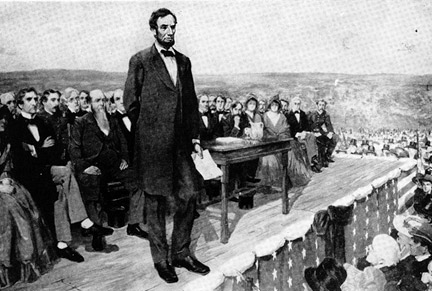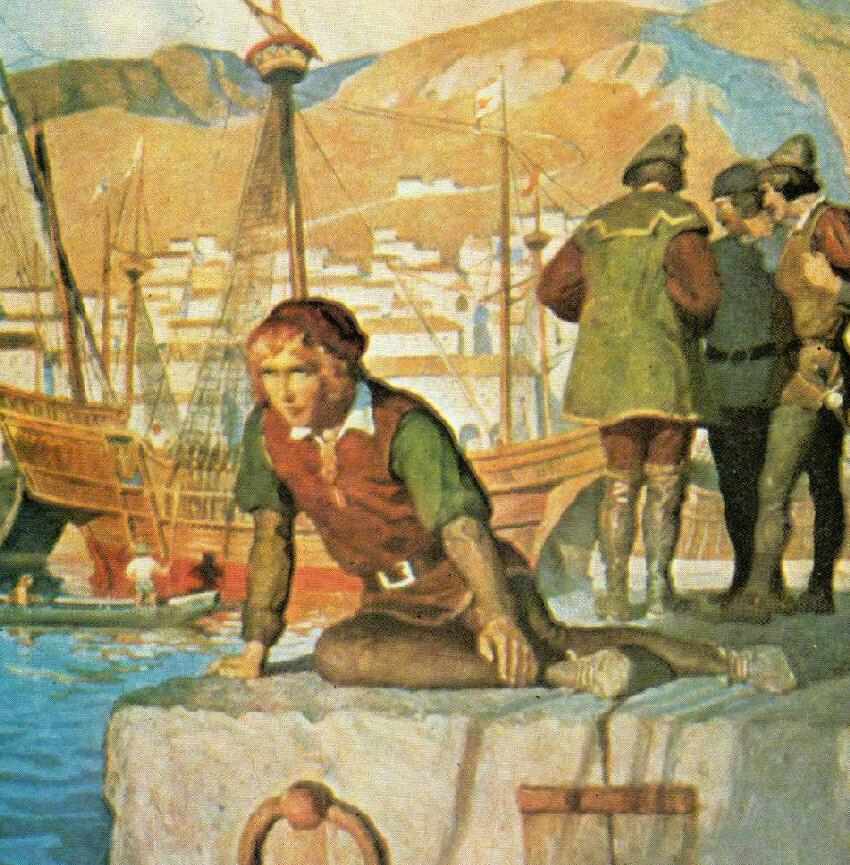Copyright 2019 by Gary L. Pullman
In
describing Old School icons, the authors suggest that it's their
personal traits and behavior that makes them Old School alumni. John
Wayne is Old School because of his moral code of conduct, patriotism,
his championing of democracy, his belief in “self-reliance,” and
his knowledge that one creates one's “own opportunities” for
“success” (11-13).
Billy
Joel is an Old School graduate because of his perseverance, his
belief “in himself,” his hard work, his acceptance of
responsibility for his own actions, and his desire to “please his
audience” (13-15).
Tina
Turner is an Old School scholar because of her persistence in
following her dreams, her hard work, her “will and determination,”
and her ability and practice of thinking “for herself” (15-18).
Chris
Kyle is an Old School grad because of his military service, his
support for veterans, his patriotism, his courage, and his
willingness to do what was required of him to protect his fellow
soldiers and to defend his country (18-20).
The
next chapter, “Snowdrift” provides commentary and examples of the
drift of U. S. society toward becoming a nation of “Snowflakes.”
The anecdotes include a Little League player who stops running on his
way to home plate and is tagged out, a Little League coach's
coaching, Feirstein's son's objecting to his father's
characterization of a boy's denigration of them as “bad people”
because they live in an exclusive neighborhood, and various reports
of the Snowflake culture's invasion of “our college campuses”
(21-28).
The
latter list includes some of the better-known names in higher
education: Yale University, Emory University, Oberlin College, Brown
University, and the University of Missouri, concerning students'
anxiety or outrage about Halloween costumes, Trump's name in chalk on
campus sidewalks, a cafeteria rice dish, a debate about “rape
culture,” the Republican National Convention, and various words and
phrases which featured “microaggressions.” (In the “rape
culture” incident, Brown University provided students with a “safe
space” containing “cookies, coloring books, bubbles, Play-Doh,
calming music, pillows, blankets, and a video of frolicking puppies”
(27).
Chapter
5, “Growing Up Old School” illustrates what it was like growing
up in the 1960s for O'Reilly and Fierstein. It was during their
childhood, the authors suggest, that they learned, primarily from
their parents, schoolmates, and neighbors, the Old School values
that, as Feirstein puts it, not only taught him “self-reliance”
and work skills, but also how “to curse like an Old School sailor,
with style, effect, and Olympic gold medal distinction” (33).
Chapter
5 also features “The Old School Guide to Modern Parenting,” a
“comparison chart” that juxtaposes “Old School” and
“Snowflake” answers to 16 basic questions as a means of helping
the parents among their readers determine whether they are “in
danger of bringing up a Snowflake” rather than “a child who can
actually cope with the world” (36-37). This handy, dandy table is
itself humorous enough to be worth the cost of the book. Several
questions are linked: “Fourth birthday present?” (“Toys and
stuffed animals” for Old Schoolers; “An iPhone” for Snowflakes)
precedes the question “Child's greatest fear?” (“Getting a time
out,'” Old Schoolers say; “Low batteries,” report Snowflakes).
The
structure, so far, of Old School?
- Introduction (“Greetings from 1973” and Chapter 1-2)
- Case Studies (Chapter 3)
- Snowflake Culture's Invasion of College Campuses (Chapter 4)
- Growing Up Old School (Chapter 5)
Chapter
6, “Social,” examines the social lives of Old Schoolers back in
the day. We'll save that for a later installment of “Structuring
Humor.”

























